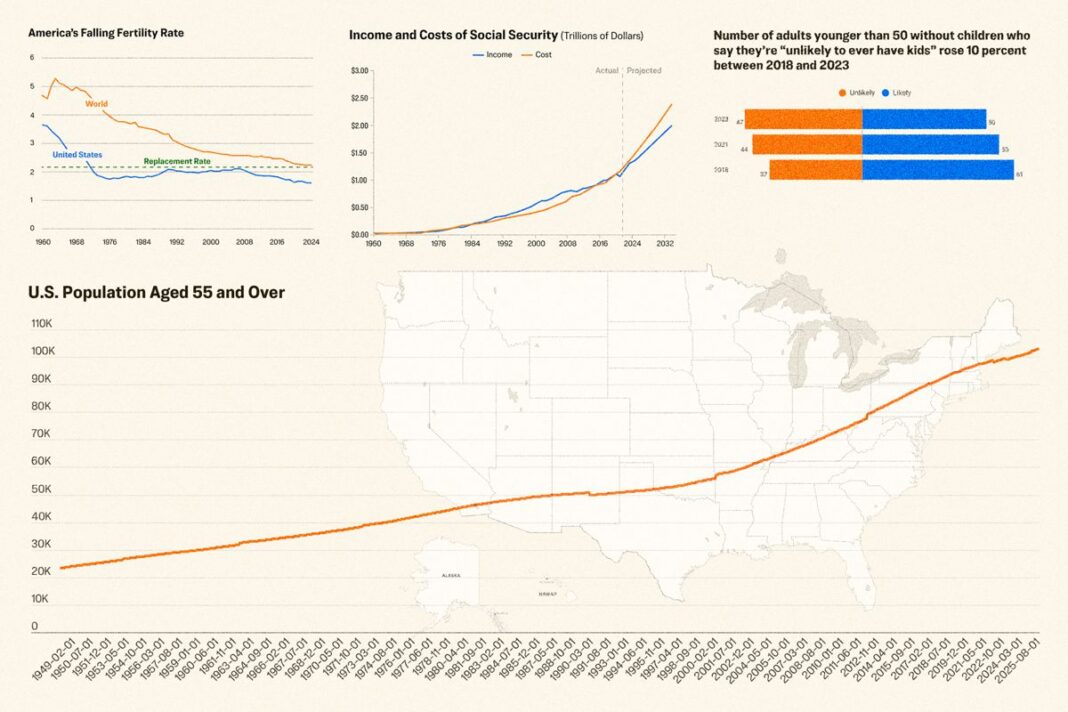October inflation data, meanwhile, might not accurately reflect consumer prices.
The U.S. annual inflation rate rose to the highest level since January, driven by higher gasoline prices and shelter costs.
According to new Bureau of Labor Statistics data, released on Oct. 24, the 12-month inflation rate climbed to 3 percent in September, from 2.9 percent in August.
Core inflation, which excludes energy and food prices because of their volatility, slowed to a smaller-than-expected 3 percent year over year, from 3.1 percent the previous month.
On a monthly basis, the consumer price index (CPI) and core CPI rose by 0.3 percent and 0.2 percent, respectively—both readings came in below market estimates.
The energy index jumped 1.5 percent from August to September, with gasoline rising by 4.1 percent. Electricity and utility piped gas services fell 0.5 percent and 1.2 percent, respectively.
Despite the recent geopolitical-fueled surge in crude oil prices, they have fallen considerably this year, with the U.S. benchmark sliding 13 percent.
The median estimate, according to FactSet Insights, suggested the year-over-year increase in the CPI would be 3.1 percent.
This has eased the pain at the pump in recent weeks.
The national average for a gallon of gasoline is slightly above $3. Several states, including Florida, Colorado, West Virginia, and Wyoming, have seen average prices drop below $3, according to the American Automobile Association.
As a result, relief in the energy index for October could occur.
Food inflation edged up 0.2 percent from August to September, with supermarket prices climbing 0.3 percent and food away from home ticking up 0.1 percent.
Within the index, there were notable increases and declines.
Beef and veal, which have risen substantially this year, increased by 1.2 percent in September after an increase of 2.7 percent in August. Uncooked beef roasts spiked 4.8 percent, and uncooked ground beef rose 0.5 percent.
President Donald Trump recently stated that the United States could import Argentine beef to alleviate some of the price pressures consumers have faced at the grocery store.
Egg prices—another food item that had rocketed earlier in the year—declined 4.7 percent last month and are down 1.3 percent year-over-year.
Despite coffee hitting an all-time high in the futures market, prices unexpectedly dipped 0.1 percent in September. Roasted coffee made from Arabica beans dropped 0.4 percent. Instant coffee, which is typically made from the Robusta bean, jumped 0.5 percent.
The index for shelter rose 0.2 percent and is up 3.6 percent on a 12-month basis.
Shelter costs have not cratered, with industry data indicating they have stabilized.
U.S. home prices rose 0.2 percent monthly in September, Redfin data show. On a year-over-year basis, home prices advanced 3 percent, the slowest rate recorded in the group’s dataset since 2012. The average rent price in the United States was $1,785, and the numbers have remained little changed over the last 12 months.
Federal Reserve Governor Stephen Miran believes that as housing inflation dissipates, aggregate inflation levels will start declining and return to the central bank’s 2 percent target level.
“We are due for a significant amount of disinflation from the housing market,” Miran said at a Nomura Research Forum event. “So much of my view is predicated on the shelter channel that if that started coming in higher … I would have to look at the entire policy framework.”
Since the administration implemented sweeping global sectoral and reciprocal tariffs, economists have been combing through the monthly CPI report to determine whether they are influencing prices.
The data for tariff-sensitive items appear to show the levies moving through the supply chain.
New vehicles jumped by 0.2 percent, while motor vehicle parts and equipment increased by 0.5 percent.
Apparel costs advanced 0.7 percent. Men’s and boys’ apparel climbed 1.5 percent, and women’s and girls’ apparel increased 0.4 percent. Footwear swelled 0.9 percent.
On the technology front, televisions declined 1.1 percent, smartphones tumbled 2.2 percent, and computers jumped 0.2 percent.
Canned fruits and vegetables—imported from Spain, China, Mexico, and India—rose 0.6 percent.
After three consecutive months at 3.8 percent, the annual services inflation rate eased to a four-year low of 3.6 percent.
By Andrew Moran








